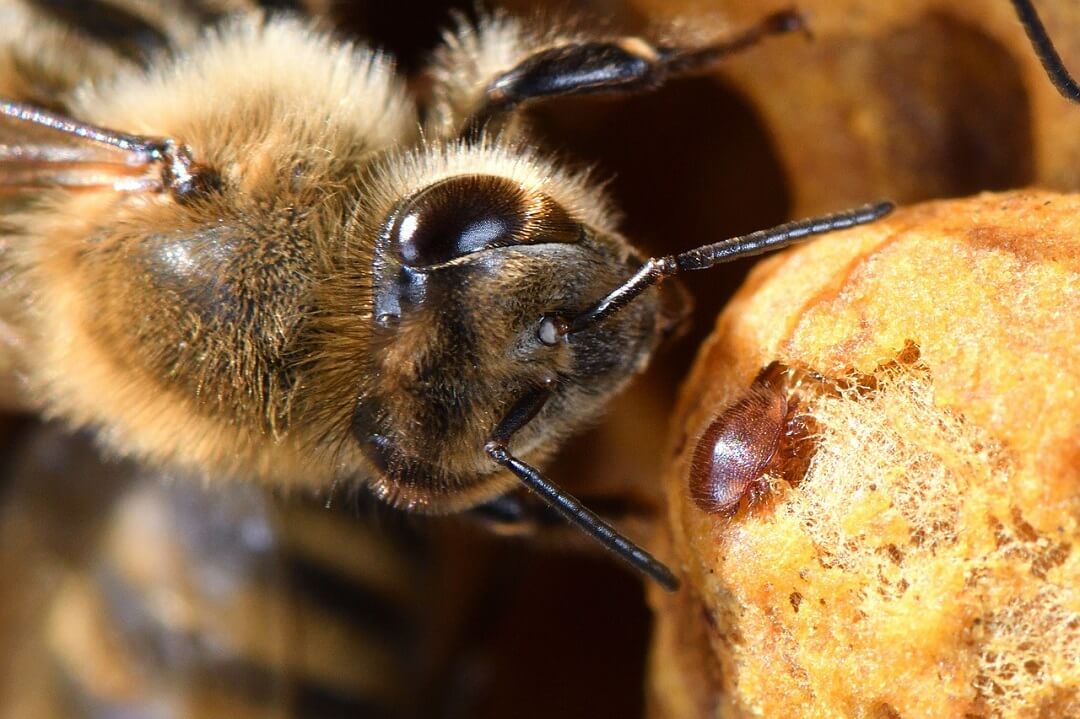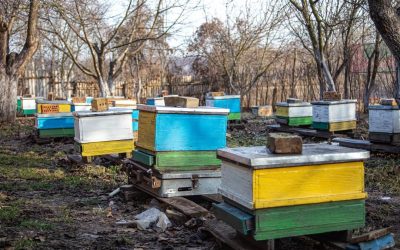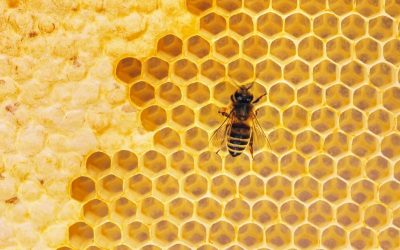Understanding Varroa Mites
Varroa mites (Varroa destructor) are external parasitic mites that primarily infest honeybees. They are reddish-brown in color and can be seen on adult bees, developing larvae, and even inside capped brood cells. These mites feed on the blood of honeybees, weakening their immune system and transmitting viruses, ultimately leading to colony collapse if not controlled.
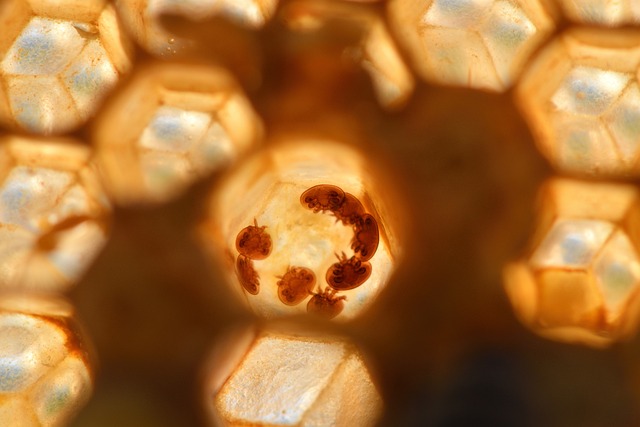
Life cycle of varroa mites
Understanding the life cycle of Varroa mites is essential in effectively preventing and controlling their infestations. Let’s delve into the stages of their life cycle:
-
- Adult Female Mites: Varroa mites start their life cycle as adult females that are approximately the size of a pinhead. These mites have eight legs and a flat, oval-shaped body. They are reddish-brown in color and can be seen attached to adult bees or inside capped brood cells.
- Mite Reproduction: Adult female mites enter honeybee colonies and find suitable brood cells that are about to be capped. They enter these cells just before the cells are sealed. Once inside, they hide in the brood cell and begin to reproduce.
- Mite Infestation in Brood Cells: Female mites prefer to infest drone brood cells, as they have a longer capped period compared to worker brood cells. The mite lays an egg, which hatches into a larva, and then feeds on the developing bee larva. During this feeding period, the mite may transmit viruses to the developing bee.
- Mite Reproduction Cycle: As the bee larva grows and pupates, the mite undergoes several reproductive cycles. The female mite produces up to six offspring within the capped brood cell. Male mites are also produced during this time.
- Emerging Mites: When the bee emerges as an adult, the newly developed mites also emerge from the brood cell. They cling to the adult bee’s body and are transported throughout the colony. These mites can be seen on the bee’s thorax, abdomen, or behind the head.
- Mite Infestation on Adult Bees: Varroa mites continue to feed on adult bees, weakening their immune systems and making them more susceptible to diseases and other stressors. The mites may also transmit viruses to healthy bees during this stage.
How varroa mites affect honey bees
Varroa mites have a significant impact on honeybee colonies. They can cause deformities in developing bees, reduce their lifespan, decrease colony strength, and increase susceptibility to secondary infections. If left untreated, mite infestations can lead to colony collapse.
Understanding the life cycle of Varroa mites is crucial for implementing effective prevention and control measures. By targeting the mites at vulnerable stages of their life cycle, such as during the brood phase, beekeepers can reduce their numbers and minimize the negative effects on the colony.
Integrated Pest Management (IPM) in controlling varroa mites
Adopting an Integrated Pest Management approach is essential for effective Varroa mite control. This holistic approach involves multiple strategies that work together to reduce mite levels and maintain healthy colonies. Here are some key components of an IPM program:
Brood Break
Implement a brood break by temporarily stopping the queen from laying eggs. This can be achieved by either removing frames with capped brood or using queen excluders. A brood break interrupts the mite’s reproductive cycle and helps reduce mite populations.
Drone Brood Removal
Varroa mites prefer to reproduce in drone brood cells. Regularly removing drone brood frames from the hive and freezing them for at least 48 hours effectively kills mites that may be present. This practice disrupts the mites’ breeding cycle and helps control their population.
Natural Mite-Resistant Bees
Consider acquiring honeybee stocks that have demonstrated resistance to Varroa mites, such as Russian or hygienic bee strains. Breeding mite-resistant queens and replacing queens from time to time can help build a stronger and more resilient bee population.
Chemical Treatments
If mite levels are high or other methods have proven ineffective, chemical treatments may be necessary. However, it is essential to follow the instructions provided by the manufacturer and use approved treatments specifically formulated for beekeeping. Always prioritize organic and less harmful options to minimize the impact on the bees and the environment.
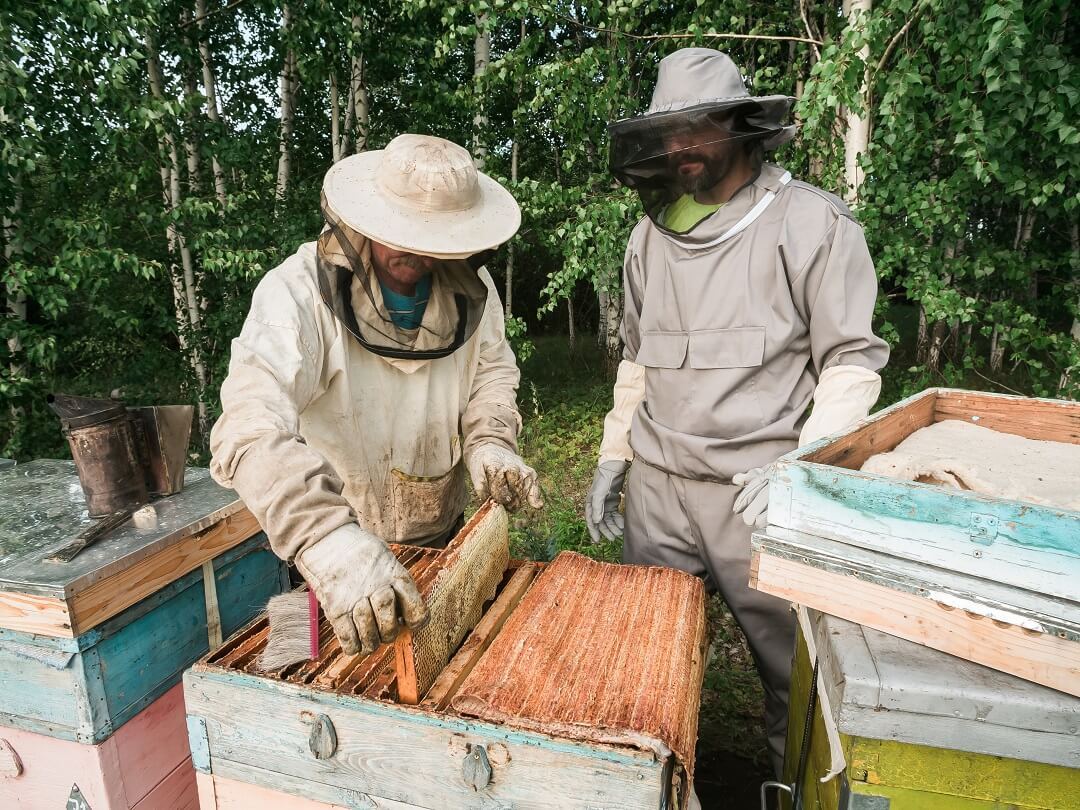
Ways to prevent varroa mites from infesting hives
As a beekeeper, it is crucial to implement effective prevention strategies to safeguard your bees from these destructive pests.
Monitor hives for varroa mites
Regular monitoring of your beehives is crucial to catch Varroa mite infestations early on. Conduct visual inspections and use sticky boards or screened bottom boards to monitor mite levels. A high mite count is a warning sign that intervention is necessary. Consider implementing a monitoring schedule, especially during the spring and fall when mite populations tend to be highest.
Maintain a clean and hygienic beekeeping environment
Hygiene and cleaning are crucial for preventing mite infestations. Here are some practices to implement:
-
- Hive Inspections: Regularly inspect your hives to ensure they are clean, well-maintained, and free from debris or excessive moisture. Address any signs of decay, damage, or mold promptly.
- Sterilizing Equipment: When handling equipment, such as frames, supers, or hive tools, make sure to clean and sterilize them between uses. This helps prevent the transmission of mites from one hive to another.
- Cleaning Bottom Boards: Periodically clean and scrape the bottom boards to remove debris and mite drop. This helps maintain a healthy environment for the bees and reduces the chance of mites re-infesting the colony.
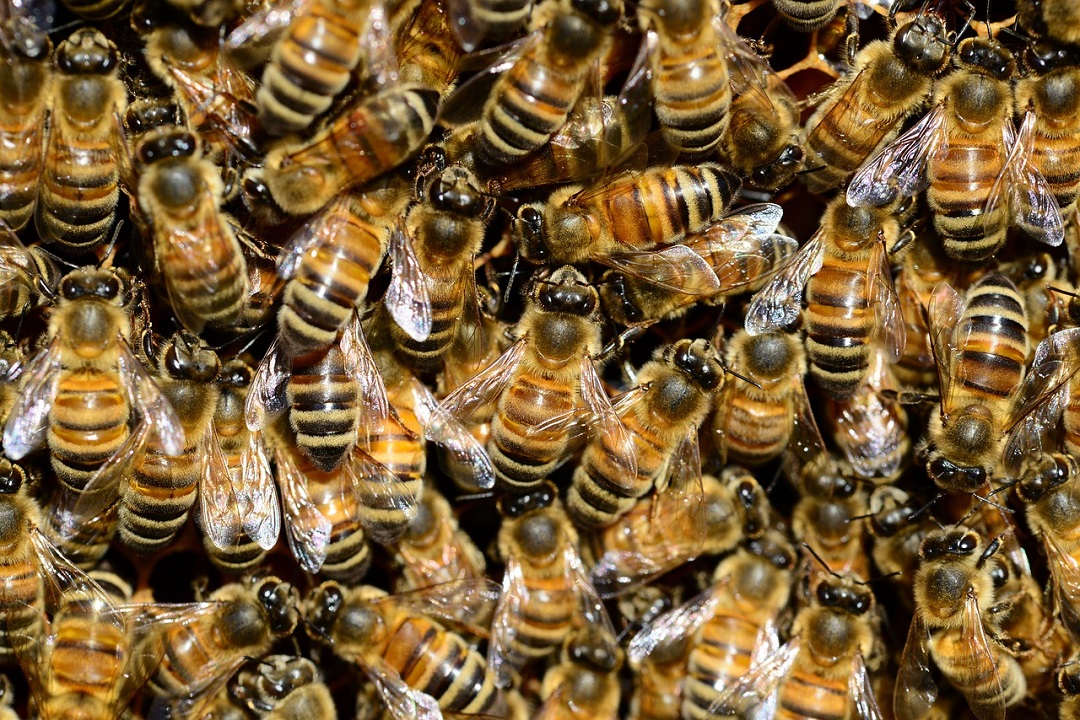
Strengthen your bee colonies
Strong and healthy colonies are better equipped to resist and recover from Varroa mite infestations. Here are some practices to strengthen your bee colonies:
-
- Adequate Nutrition: Bees need a diverse and balanced diet to build strong immune systems. Ensure your bees have access to a variety of flowering plants that provide nectar and pollen throughout the year. Supplement their diet with sugar syrup or pollen patties during times of scarcity or in preparation for winter.
- Hive Population Management: A strong and populous colony is more resilient against Varroa mites. Regularly monitor and manage the population by requeening, splitting colonies, or combining weak colonies to maintain a healthy and robust bee population.
- Swarm Prevention: Swarming can weaken colonies and make them more susceptible to mite infestations. Implement swarm prevention techniques, such as providing ample space for expansion, performing regular inspections, and managing queen production, to minimize swarming behavior.
- Beekeeping Education: Continuous learning and staying informed about the latest beekeeping practices and research are essential for successful Varroa mite prevention. Attend beekeeping workshops, join local beekeeping associations, and engage with experienced beekeepers to exchange knowledge and stay updated on best practices.
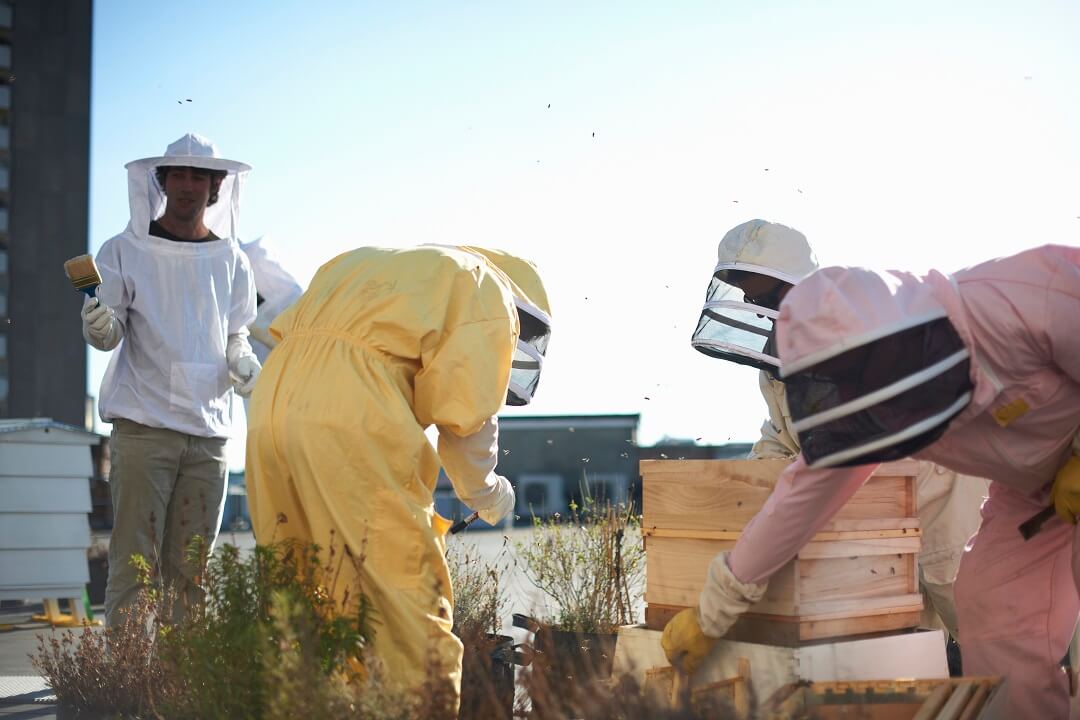
Collaborate and Find Support from Communities
Beekeeping is a community-oriented activity, and collaborating with fellow beekeepers can be beneficial in preventing Varroa mite infestations. Consider the following:
-
- Mentorship: Seek guidance from experienced beekeepers who can offer valuable insights and guidance on managing Varroa mites. They can help you identify signs of infestation, provide advice on control methods, and offer support throughout your beekeeping journey.
- Beekeeping Associations: Join local or regional beekeeping associations to connect with a network of beekeepers. These associations often organize workshops, seminars, and conferences where you can learn from experts and share experiences with other beekeepers.
- Bee Health Programs: Some regions have government-funded bee health programs that offer resources, training, and assistance to beekeepers. Check with your local agricultural department or extension office to learn about available programs in your area.
Conclusion:
Preventing Varroa mites is crucial for maintaining healthy and thriving bee colonies. By implementing a combination of monitoring, integrated pest management strategies, hygiene practices, and colony-strengthening techniques, you can significantly reduce the impact of Varroa mites on your bees. Remember to approach beekeeping with patience, persistence, and a commitment to learning. By doing so, you will not only protect your bees but also contribute to the well-being of our vital pollinators and the environment they inhabit. Happy beekeeping!

